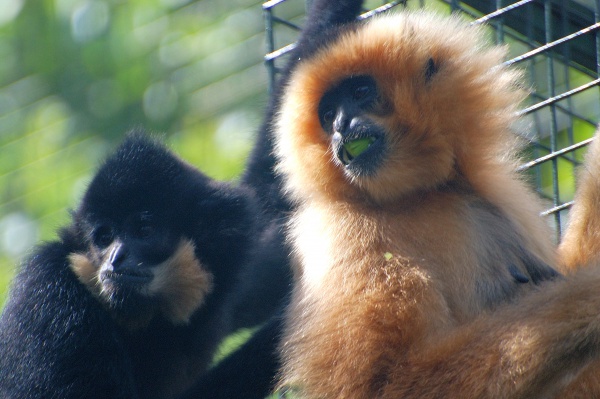Facts About Yellow-cheeked gibbon
The yellow-cheeked gibbon, also known by various other names, is a captivating primate species native to Vietnam, Laos, and Cambodia. Named after the British naturalist Gabrielle Maud Vassal, these gibbons are born with blond fur that turns black as they mature, with males retaining their distinctive golden cheeks throughout their lives. They thrive in primary tropical forests and are known for their unique mode of movement called brachiation, which involves swinging from tree to tree using their long arms.
One of the most fascinating aspects of yellow-cheeked gibbons is their song. Typically, the male starts singing, and the female joins in, creating a duet that serves to strengthen their bond and mark their territory. These gibbons can live up to around 46 years, making them a long-lived species in the animal kingdom.
Conservation efforts are crucial for the survival of yellow-cheeked gibbons. A significant population can be found in Cát Tiên National Park, where the Dao Tien Endangered Primate Species Centre works diligently to rescue, rehabilitate, and release these gibbons back into the wild.
A report by the Wildlife Conservation Society brought encouraging news, revealing a population of 1,200 yellow-cheeked crested gibbons in Cambodia's Keo Seima Wildlife Sanctuary. This represents the largest known population of the species in the world. Additionally, in 2007, a yellow-cheeked gibbon was born in captivity at the Fuengirola Zoo as part of a conservation program, highlighting ongoing efforts to protect and sustain these remarkable creatures.

 China
China